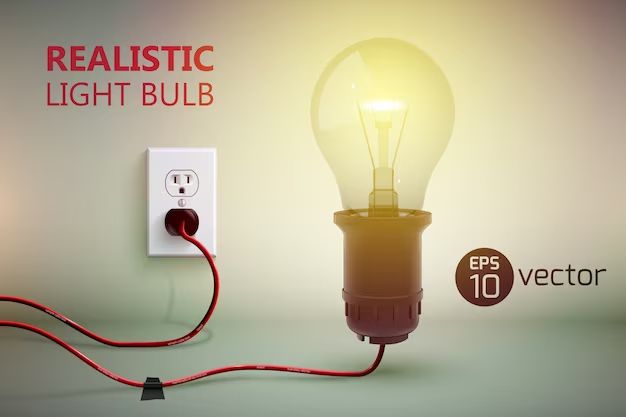Determining which side of a light socket is hot is an important electrical safety question for anyone working with household lighting. Knowing which side is hot allows you to avoid electrocution when changing lightbulbs or doing other electrical work. In this article, we’ll look at how to identify the hot side of a light socket and discuss some key electrical safety tips.
Page Contents
What does “hot” mean?
When we talk about the “hot” side of an electrical circuit, we’re referring to the side that carries the live current from the breaker panel. This is the side that is electrified and can shock or electrocute you if touched. The other side of the circuit is called the “neutral” and is grounded back to the breaker panel. The neutral side is safe to touch when the circuit is off.
How to tell hot from neutral
There are a few ways to identify which screw terminal on a light socket is hot:
- Use a non-contact voltage tester. This handy tool can detect if electricity is present without having to touch the wires. When near a hot terminal, the tester will light up or beep.
- Turn off the light switch and use a multimeter set to AC voltage. Touch the probes to the screw terminals to measure voltage. The hot side will still read 120-240V even with the switch off.
- Check for black wires. By convention, the black “hot” wire in a lamp cord connects to the hot terminal.
- It’s brass. Brass or gold terminals are often (but not always) used to indicate hot sides.
Remember: Black to brass, white to silver
An easy way to remember the convention for hot and neutral screw terminals is:
- Black wires go to brass/gold colored terminals (hot)
- White wires go to silver colored terminals (neutral)
This color coding is a common standard, though not 100% reliable. Always double check with a voltage tester.
Mark the hot side
Once you confirm which side is hot, mark it with a bit of black electrical tape or a permanent marker. This makes it readily identifiable for the next person. Just be sure not to cover up any important markings on the socket.
Key socket and wiring configurations
Now that you know what to look for, here are some of the common ways light sockets are wired:
Two terminals
- One brass, one silver
- Brass is hot, silver is neutral
Three terminals
- Two brass, one silver
- One brass is hot, the other connects to the switch, silver is neutral
Four terminals
- Two brass, two silver
- One brass hot, one silver neutral
- The other two connect to the switch
One terminal
- Single screw shell socket
- Outer threaded part is hot
Identifying hot wires
It’s also helpful to know how to ID hot wires coming into the light socket:
- Black – Hot wire, almost always.
- White – Neutral wire, almost always.
- Green/Bare – Ground wire.
- Red – Hot or switch leg in some configurations.
- Blue – Rarely hot, usually neutral.
- Yellow – Sometimes hot in older wiring colours.
- Orange – Sometimes hot in older wiring.
Bottom line, test wires with a voltage detector. Wire colours help identify neutral and ground, but not necessarily hot.
Safety tips for light sockets
Here are some important safety reminders for working with light sockets:
- Turn off power first – Always turn off the light switch and circuit breaker before touching any wiring.
- Don’t assume wire colours – Check wires with a tester, colours aren’t 100% foolproof.
- One hand rule – Keep one hand in your pocket when working so you don’t make a dangerous circuit across your chest.
- Check terminals for voltage – Verify power is off even if you think you killed it.
- Don’t overload sockets – Stick to standard 60W-100W bulbs, don’t plug devices into sockets.
- Replace damaged sockets – Broken, corroded or overheated sockets can be fire hazards.
Conclusion
Identifying the hot side of a light socket is a basic electrical skill everyone should know. With a simple voltage tester and following standard wiring colours, you can quickly figure out which screw terminal is hot. Just be sure to double check with the power off and follow safe procedures. Knowing the hot side lets you change bulbs and do electrical work safely.
